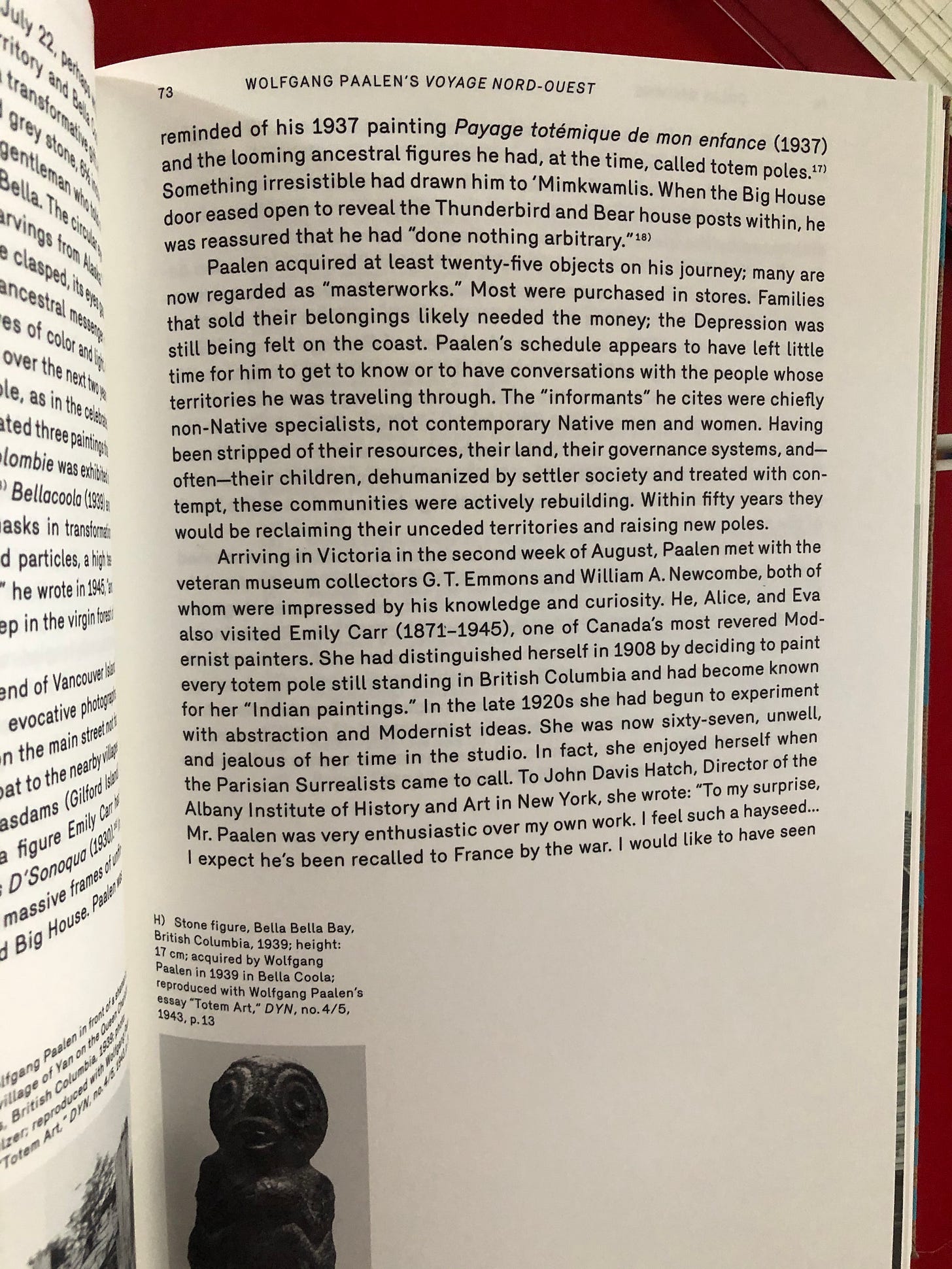Textiles and Time

On Sunday morning I try to bring this newsletter hot and fresh out of the oven for you. I start writing and then in the afternoon take another look before I send it out to you. Mostly it goes as expected, sometimes not. Much like the daily knitting projects that mark the moment in time, and then aggregate another picture entirely when completed.
Feeling crafty? I’m keen for these amazing knitting projects some folks are doing - climate/weather scarves and blankets - one line each day, these textile documents are accumulations over time; their 365 iterations hold innumerable variations.



This is only one example, there are others if you follow the link. And who could forget the German train-delay scarf? Time lapse, time passing, visualizing and tuning in to expanded time: these are all fascinating to me. Knitting the scarf, for example, reveals the beauty of the year, variable shifts of meaning, a gradual revelation.
I start thinking about the retrieval of old codes, transmitting information and history through textiles & knots: weaving, knitting, or printing fabrics with codes of class and honours, weather and events. The quilts that held directions for the underground railway, the clan tartans, the identity of a family or culture. Spy stuff sent as a kerchief, damask woven with meanings only the inner circle can understand. Those elaborate weavings from early Peru that Anni Albers transposed into her own Bauhaus-trained woven works.
When I lived in Banff, Bintu Seven Seven, a Nigerian artist, gave a batik workshop. She showed her easy traditional batik method. No fussy little tjanting tools, just repurposed foamies cut into points, elastic-banded onto the same pencils we used to draw the pattern, then dipped into the wax. No, not fancy beeswax, but good old grocery store parawax. (I know, an oil product.) The wax was heated in a used electric frying pan. (Do these still exist?) The thermostat dial kept the wax at just the right temperature. That summer in a Canmore backyard, she showed us all the steps of wax resist, dye, dry, wax resist, dye, repeated as the newly dyed fabric dried freely on the green lawn in mountain sunshine. Then removing the wax at the end using an old iron and paper towels. Impressed and inspired, for the next year I projected images onto yard sale sheets and made batik after batik, until we left the mountains.
In this condensed memory of making batiks I sense spring coming, an idea of life force, calling the sun to come just a little closer. I imagine a cloth. Some of it is still white, just recently waxed. Soon new sunlight yellow will dye the rest. I’ll wait for it to dry, so I can wax the yellow, keep it for the future (“save for later”). Hmmm. Maybe before dipping it into green I might paint a little red/orange in a few spots.
Thinking of textiles and time, I remember seeing the bog people, dessicated brown skin taut on the skulls, their tartan wool shawls preserved undecayed in the peat.
In the early 20th century, Surrealists and other artists eagerly reached out and scoured the world for inspiration. This book on Wolfgang Paalen includes info on his trip in 1939 to Northwest BC in search of artifacts and inspiration, on his way from Paris to Mexico. This page shows an example of how history can be written now. I was happy to see this and leave it here for you.

The clues to the depth of life aren’t always in other cultures. It’s good to cross-reference but you can also ask your own grandmother. You can check in with your own inside self, something is bound to emerge eventually if you keep at it.
Speaking of accumulation over time, the archives of the Personal Papers are here, in case you missed an issue.
Watch for next week’s post and if you give the heart a little click, that helps tell the internet you like this sort of thing. :)


